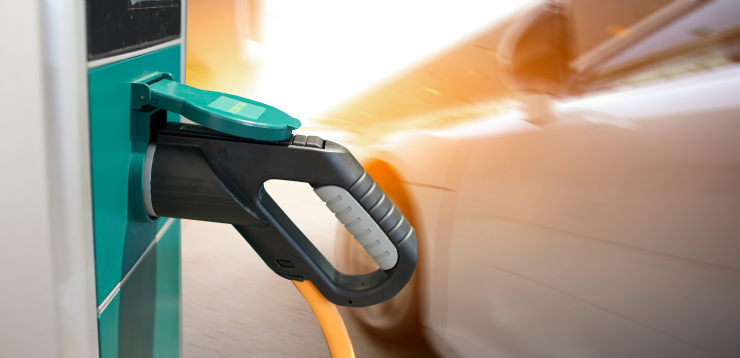EV angst: 5 ways to overcome range anxiety

Owning an electric vehicle has it benefits, like allowing you to avoid gas stations and giving you the cleanest possible way to drive. But there is one inescapable fact about electric vehicles that cannot be easily dismissed — range anxiety: a particularly dreadful feeling you may experience as you worry whether your car’s battery system will quit before you arrive at your destination. Here are five ways to keep range anxiety from undermining pride of electric vehicle ownership.
1. Understand vehicle range
Become intimately familiar with your electric vehicle (EV), including its driving range. The manufacturer will provide your range, which will vary depending on the vehicle and the size of the battery pack. For example, the 2016 Chevrolet Spark EV offers 82 miles of total range. On the other hand, the Tesla Model S can travel between 250 and 270 miles, depending on the model.
See also: Best hybrid and electric cars under $27,000
But your battery’s published range may not be accurate, especially in extreme weather. In testing conducted by AAA, driving range plunged by as much as 57 percent when operating at 20 degrees Fahrenheit. Said John Nielsen, managing director, AAA Automotive Engineering and Repair, “Electric motors provide smooth operation, strong acceleration, require less maintenance than internal combustion engines, and for many motorists offer a cost-effective option. However, EV drivers need to carefully monitor driving range in hot and cold weather.”
2. Never leave for a trip without a full charge
Plan any trip where you’ll be pushing your EV to its limit, and you’ll need every bit of electric power you can get. Take to the road only when the battery system has been fully recharged.
3. Plan your route carefully
No matter how far you travel, you need to know where the electric charging stations are along your route. Fortunately, there are apps made expressly for helping you find charging stations en route.PlugShare, Open Charge Map, and GreenCharge are three apps to download, enabling you to find local stations and the cost to recharge. Keep in mind that some charging networks require you to use their card or pay your bill with a credit card.
4. Pay attention to the gauges
Your electric vehicle provides critical information about its operation. Even then, it may not offer complete information. For example, some instrument panels reveal the number of miles left before you must recharge. However, owners will tell you that the range is merely an estimate — ascend a steep hill, and your range estimate might suddenly drop. Thus, the more rigorous the route, the more likely your numbers will fluctuate. Pay close attention to the gauges, but also know that the numbers are not always accurate.
5. Have a backup plan, just in case
If all else fails, namely your battery runs out of power and leaves you stranded, you need to have a backup plan. That plan may include contacting your roadside assistance provider for an emergency boost or locating a publicly accessible CHAdeMO quick charge station.
The good news about EVs is that they cover most of the daily trips we make. The rest of our trips require a charge along the way — and that’s where range anxiety becomes a nearly unavoidable factor in vehicle ownership.
See also: Gas vs. electric vs. hybrid
Plus: What’s more expensive to drive over 5 years? Electric or gas?
